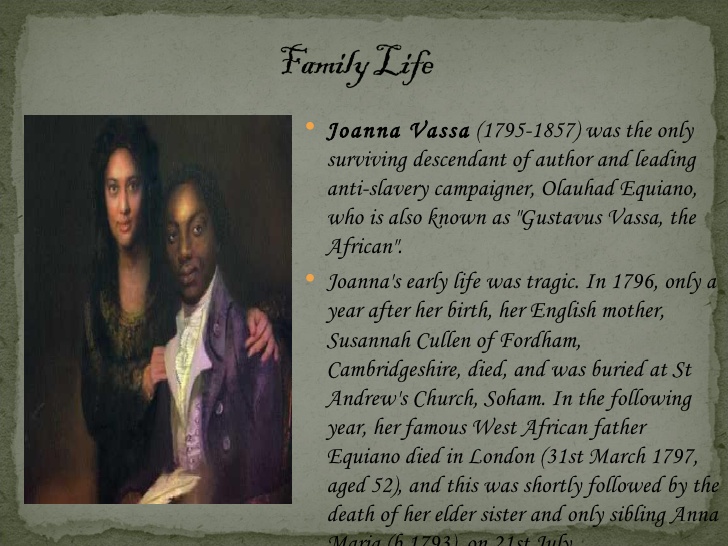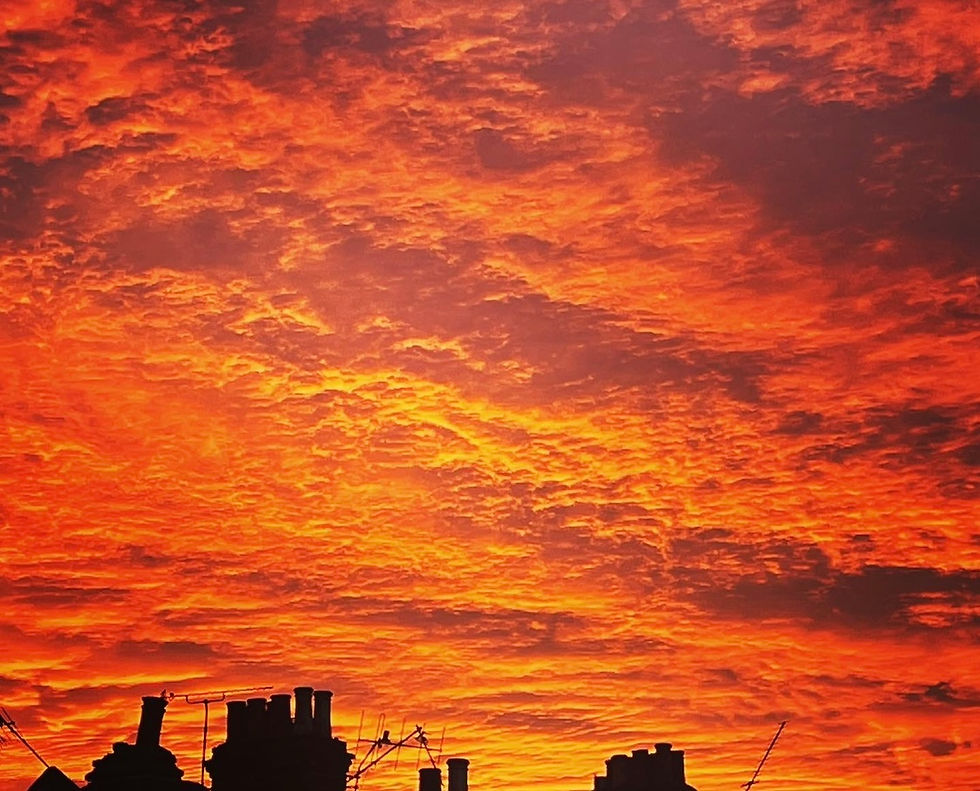Happy International Women’s Day!
- anne

- Mar 7, 2021
- 7 min read
Updated: Mar 10, 2021

“If women stop, the world stops”
We’re heading for the third month of lockdown … eeeek … though walking around the park in the spring like sunshine with daffodils and crocuses brightening the ground, life seems to have resumed some kind of strange ‘normality’ – and a faint light shining at the end of the tunnel. Guess it might be time to start making plans about getting out of the hood!
International Women’s Herstory Month this year will be largely spent attending online events, talks and exhibitions – a far cry from the raucous marches and demos that I love. Not the best way to build international solidarity … but still a fair amount to get excited about. There is certainly no stopping you from taking part in the Global Women’s Strike
- a transnational movement and call for all women to join the campaign and day of action to withhold our productive and reproductive labour.
Let March be a celebration of all womxn [sic], especially those erased from history. It is a good time to shine the light on those who don’t quite make the headline, in a world obsessed with leaders, power and the cult of personality – the hallmark of the patriarchy. Let’s also not lose sight that for every ‘famous’ individual there are usually thousands in the back propping them up!
International Women’s Herstory Month walking tour
I know it’s not yet time for galivanting around the place … so make it one for the bank. I did this walk late last year, setting off from East London across the Walthamstow marshes and Springfield Park, a part of the city that gives me a sense of inner peace, with canals that remind me a little of home, in Belgium. During lockdown it has become one of my happy places. Up the park’s steep path, through Stamford Hill and to my first stop - Abney Park Cemetery.
I’ve visited Abney Park several times over the years and usually found it very tranquil space – but lockdown means that, like all local ‘green spaces’, have become more popular. Still, like London’s many historic cemeteries, it retains an air of wilderness and grandeur, a very atmospheric place to just meander and wonder about those who repose here.
The cemetery itself has a fascinating story. It is one of the ‘Magnificent Seven’ London cemeteries, established in the 19th century to alleviate overcrowding in existing parish burial grounds. Originally, laid out as an arboretum with 2,500 varieties of plants, when it opened, in 1840, it became the burial site for non-conformists and rebels. At both entrances you will find signs with the names of some of its more notorious residents and a map of where to locate their graves – keep your eyes peeled. On International Women’s Day, I’m joining a virtual tour – so expect updates about the illustrious, fearless women who reside at Abney … and meanwhile read some of their fascinating stories below.
Into the limelight
Betsi Cadwaladr (1789 – 1860), a Welsh nurse, nicknamed 'the forgotten Florence Nightingale' was fiercely independent - ran away from home, ended up working as a maid to a ship’s captain and travelled the world. At 60, she trained to be a nurse after reading an article in The Times about conditions in the Crimea … and set off, joining the military nursing service. Like Mary Seacole, Betsi clashed with Nightingale. Interesting, isn’t it, to see which of those women were relegated to backbenches of history and why that might be!
Joanna Vassa (1795 –1857) was the daughter, and only surviving child, of Olaudah Equiano alias Gustavus Vassa - the first political activist within Britain’s African community during the 18th century. He wrote a ground-breaking autobiography about how he was kidnapped aged 11 and enslaved. His and the stories of other Africans suffering the same fate, led him to campaign for abolition - see self-guided tour of Abney’s abolitionists.
Nelly Power (1854 – 1887) was a singer and actress born in the heart of St Pancras. At 8, she was a performer in a music hall and her impersonations made her famous by 15 - by which time she had already made her first appearance on the ‘London stage’ in the pantomime version of Robinson Crusoe at the Surrey theatre. From there, she moved to the Vaudeville Theatre to perform as principal ‘boy’ in burlesque plays. At the time, the entertainment industry, while a gruelling and demanding profession, also provided women with one of the only ways to live independently. Nelly died at 32 from pleurisy, at the height of her career and her funeral attracted three to four thousand spectators at Abney Park Cemetery. Yet, she didn’t get a commemorative blue plaque, now erected at her former home, 97 Southgate Road, Islington, until 2017! Curious, I dug a bit further to find that Nelly Power and Marie Lloyd were rivals back in the day – and that Marie’s adaptation of Nelly’s ‘The Boy in the Gallery’ was one of the reasons she overshadowed her, in life and death. There are 8 portraits of Nelly Power at the National Portrait Gallery.
And finally, total badass Mary Hays (1759–1843) – novelist, essayist, poet and radical feminist, she was born in the same year as Mary Wollstonecraft and also became her friend and ‘baldest disciple’, not shy of provoking controversy both in her personal life and writing. After her lover died on the eve of their marriage and having read Wollstonecraft, A Vindication of the Rights of Woman, she moved out of home, earned her own living and hopelessly pursued the man she loved – stepping out of every societal convention of the time. Her Female Biography; or, Memoirs of Illustrious and Celebrated Women, of All Ages and Countries, published in 1803 in six volumes, broke new ground, in that it included all women, not just those of so-called good character. Wollstonecraft introduced Hays into her social circles of radical thinkers. Hays wrote her friend’s obituary. As I looked for her tombstone, I wondered what she would have made of Mary’s statue … which is where I was going next. Find out more in this fascinating audio talk.
⭐ Shout our to the East End Women's Museum - help them put women back in the picture this international women's month and beyond!
⭐For a more contemporary take of Abney Park, watch Amy Winehouse's Back in Black.
Take a break
After an hour or more walking around the cemetery and en route our next stop, there is a lovely opportunity for a little refreshment at Luminary Bakery - a social enterprise supporting women. I visited their sister shop in Camden and warmly recommend it – once it opens up again. Until then order their yummy delights online.
Mary on the Green
Time to head down to Newington Green – birthplace of British Feminism and site of the Unitarian Church, London's oldest Nonconformist place of worship, founded in 1708 by English Dissenters. Mary Wollstonecraft was a member of its congregation and now a statue for Mary adorns the Green.
A lot of ink has flowed about this statue already – I wrote a blog about it at the time. So instead of revisiting old ground, I want to focus on my own visit and experience. I admit feeling a sense of excitement heading down Albion Road past Newington Green Meeting House. When I arrived on the actual Green, it had been raining a lot in previous days and the statue stood in a pool of mud – which wasn’t pleasing. And yes – it does look like a tiny barbie with pert boobs and a big bush perched on a silver blob, and it possibly represents artist Maggi Hambling’s fantasy woman … but in that moment, I was keen to let go of the criticism and focus on Mary herself. Remembering her contribution to radical thinking and to advancing the rights of women in society, I was glad that there was finally a (not perfect) memorial for (emphasis intended) her, which, whether any of us like it or not, is unconventional – like Mary herself.
Ultimately, what cemented my opinion of this visit and made it memorable, was a conversation I had, at the site, with a complete stranger who asked what I thought of statue. This led to a 10-minute exchange about Mary, about feminism, racism and the pandemic, about the state of our country and the world and what Mary would make of it all. None of it wouldn’t have happened without this controversial statue watching over us on her muddied pedestal– and for that I was grateful and hopeful that many more conversations will spring from Mary on the Green.
Practical info
There are different ways of going about this walk – depending your starting point, you could begin at Highbury and Islington Tube station or at Abney Park Cemetery itself.
Park Opening Times The park is open as usual at 8am and closes at dusk - see park closing times for 2021. However, due to inclement weather, Abney Park may be closed for public safety.
Parking There is very limited parking at Abney Park which we may allow visitors to use by prior arrangement ONLY. Call or email to arrange access before your visit.
Public Transport
Bus routes:
73, 393 and 476 stop near the Park's Stoke Newington Church Street entrance
67, 76, 106, 149, 243, 276, 393 and 476 stop near the Stoke Newington High St entrance.
Rail - Stoke Newington Railway station is 200 metres from the Stoke Newington High St entrance.
Abney Park Access Information There is level access via the main entrance on Stoke Newington High Street. The entrance at Church Street has 5 steps and small uneven paths into site. The internal drive from the main entrance is cobbled and the major paths within the park are solid, but uneven in places and can be slippery and slightly muddy when wet. Smaller paths can be narrow, uneven and slippery.
Please contact us on info@abneypark.org with any access queries.
Mary on the Green and Newington Green Meeting House
39A Newington Green, London N16 9PR
Public Transport
Bus routes
73 leaves outside Kings Cross Station
21 bus terminates at Newington Green
Train
The nearest station is Canonbury overground station which is a 10 minute walk to the Meeting House.
Newington Green is in walking distance from Dalston or Stoke Newington within 10 minutes.
Tube
Highbury and Islington tube station, on the Victoria line is a 20 mins walk away.
71-73 Allen Road, London N16 8RY - is squarely between Abney Park Cemetery's Church Street entrance and Newington Green.
























Comments